
views
We have a 5,000 year old heritage of art in our country that rarely gets written about in novels. I wanted to write about art, and the power of art to reveal secret things about ourselves. At the same time, there had to be a story that people could relate to,” says author Tulsi Badrinath.She is a woman on a mission: she has taken up an intriguing premise – that of a second-generation North Indian, Harihar Arora, who is forced to steal a rare coin from the Mughal period to meet his daughter’s wedding expenses. Along the way, she finds a way to blend issues like water-crises and the destruction of old garden bungalows that belong to Chennai's recent past. It was, she says, a challenge to weave all this into a compelling novel.But Man of a Thousand Chances, Tulsi’s second book, after her first, Meeting Lives, in 2008, intersperses several themes within itself. “Several, such as life in the city of Madras, the great and sublime beauty of Indian art, and the world-view that Indian philosophy provides when we try to deal with various situations in our lives, are all a part of the novel,” she elaborates. “One of those central theories is that of karma, explored to some extent.”The daughter of parents whose roots ranged from Uttar Pradesh to Gujarat and Maharashtra, it was Chennai that Tulsi grew up in, and fell in love with, especially as her father chose the Tamil Nadu cadre of the IAS. She grew up studying in Rosary Matriculation and later, graduated from Stella Maris. “I’m a product of national integration,” she smiles. Growing up here also meant that, despite “doing things differently at home,” she had plenty of friends in the neighbourhood and spoke Tamil fluently. Also, she says, time moved slowly, then. With no TV or computers, leisure hours were devoted to learning dance from her gurus, the Dhananjayans. This may have, to a large extent, influenced her present novel, centred around a character from a similar social background. “I thought this would add an interesting dimension to a story set in Madras, to make the hero a North-Indian,” she says. “Why Madras? Well, now that Madras no longer exists, it becomes the perfect way for a writer to keep the memory of the earlier, the more gracious city, alive. People's memories are tied to the names of places and roads in a very strong way, and even when the name of a city is changed, the old memories persist. Towards the end of his life, my father Chaturvedi Badrinath would often say, ‘I was the Collector of Madras, not of Chennai!’”Today, the trend seems to be that of taking a thread of Indian history and matching it up with present day events; Tulsi’s protagonist goes after a coin minted during the period of Jehangir. What kind of research was involved? “I spoke to Lance Dane, an eminent collector of Indian art, who owns a large collection of coins. Talking to him gave me an insight into the perspective of a coin-collector,” reveals Tulsi. “Google was invaluable when it came to researching particular types of coins, as well, and I have acknowledged my sources in the novel.”Future plans look rosy. “I’m looking at books in both fiction and non-fiction,” she says.











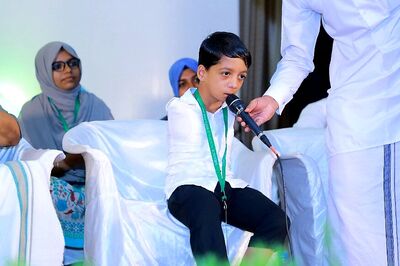

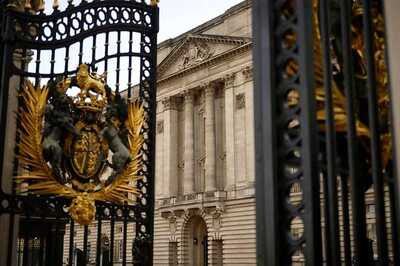

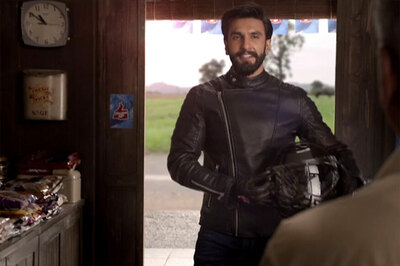
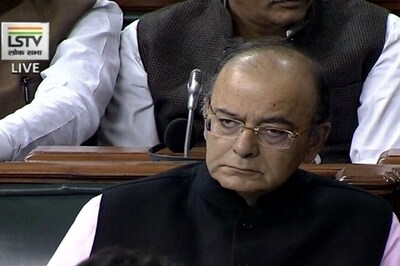

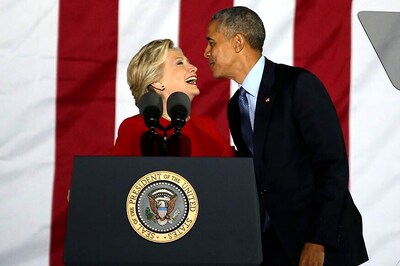
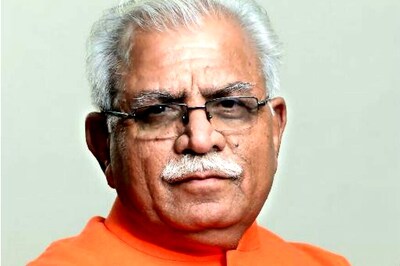
Comments
0 comment